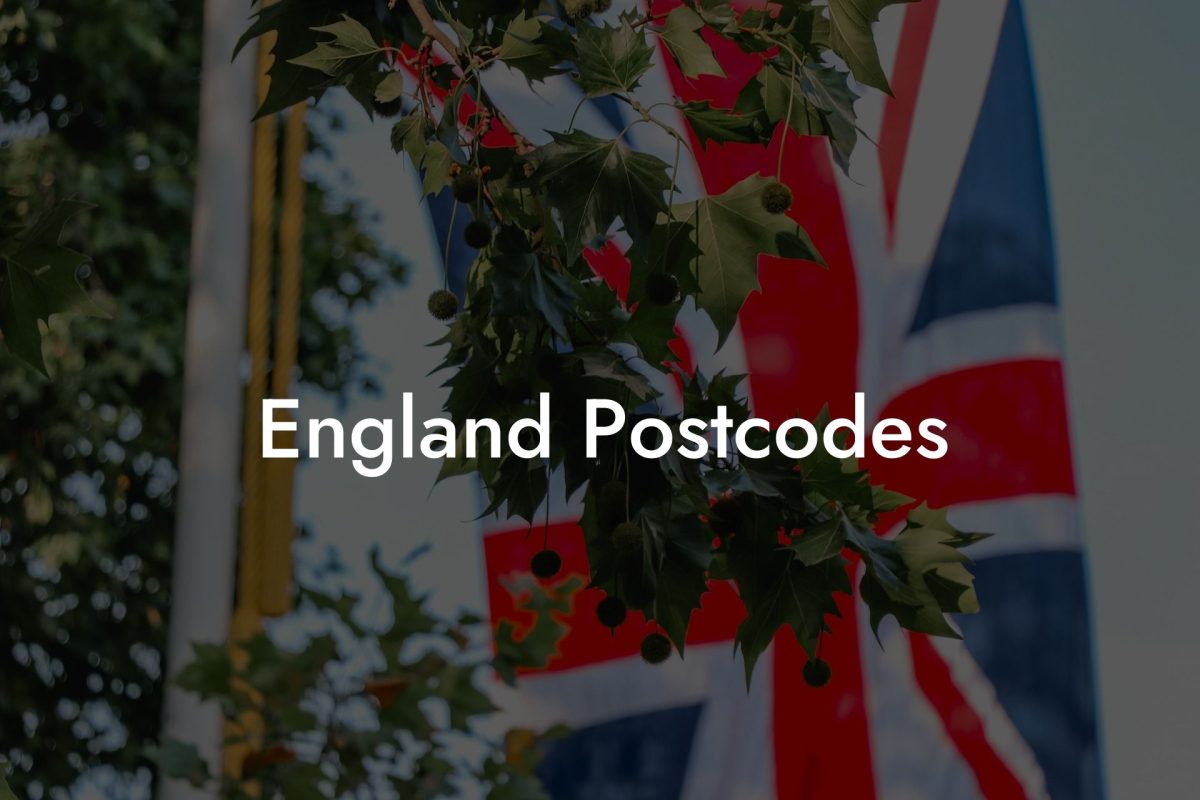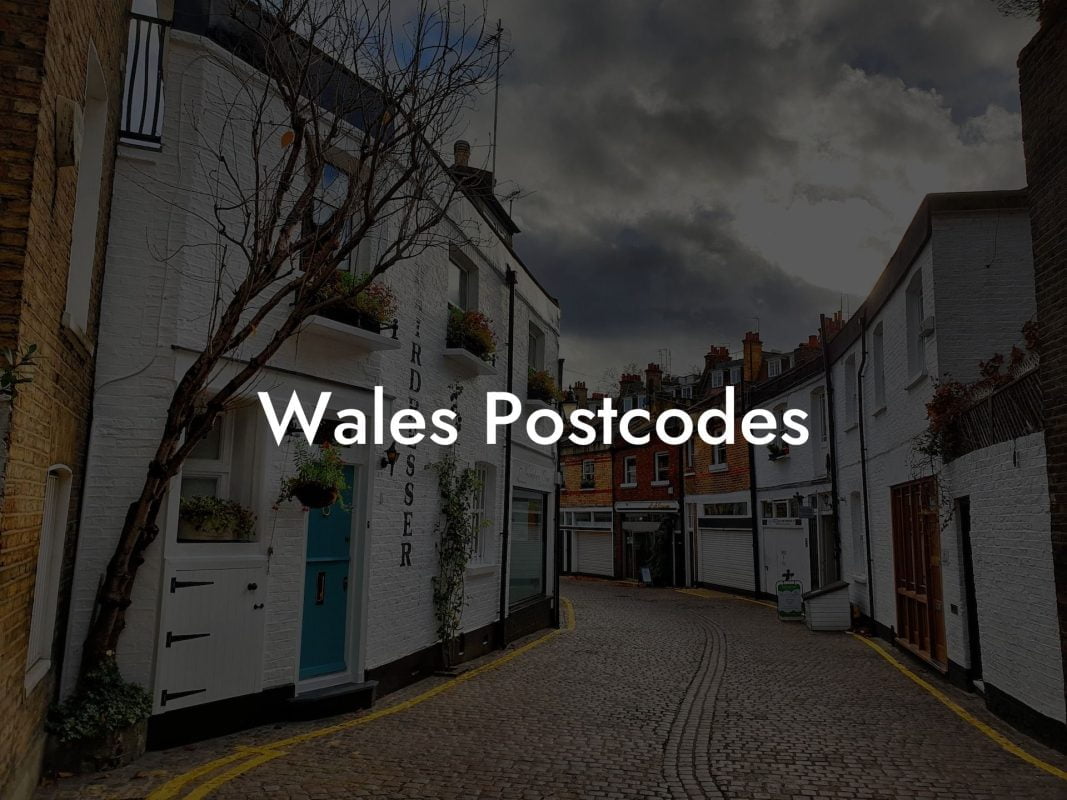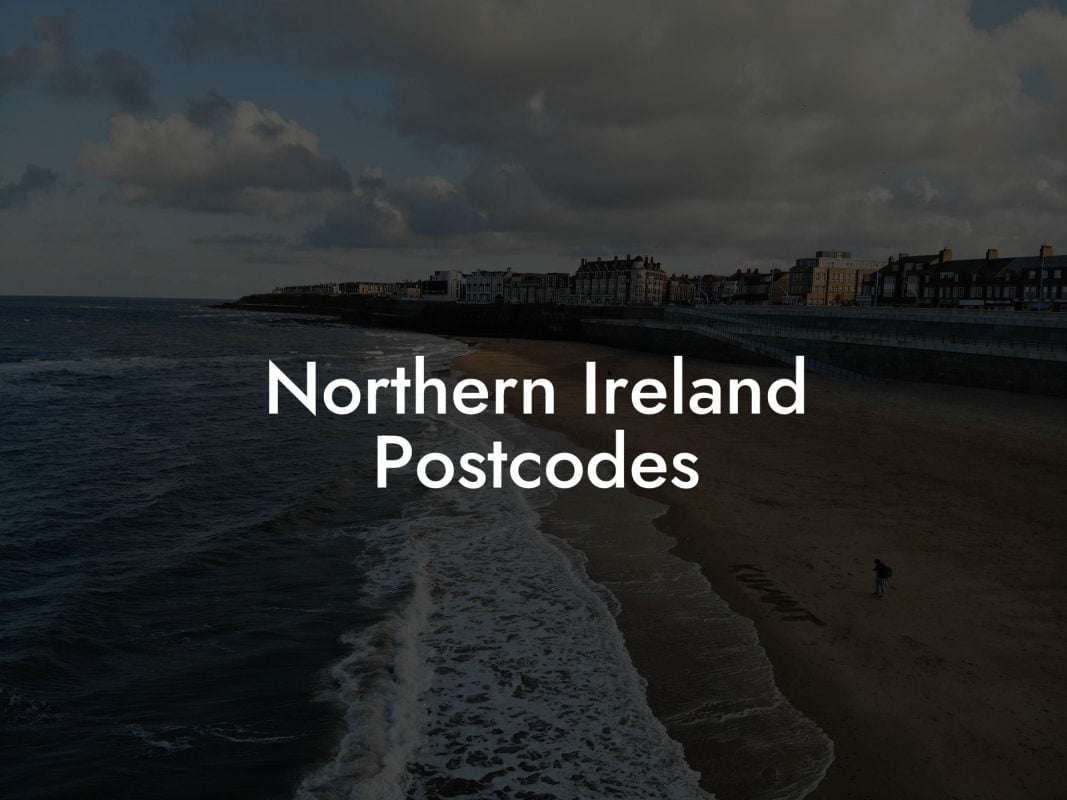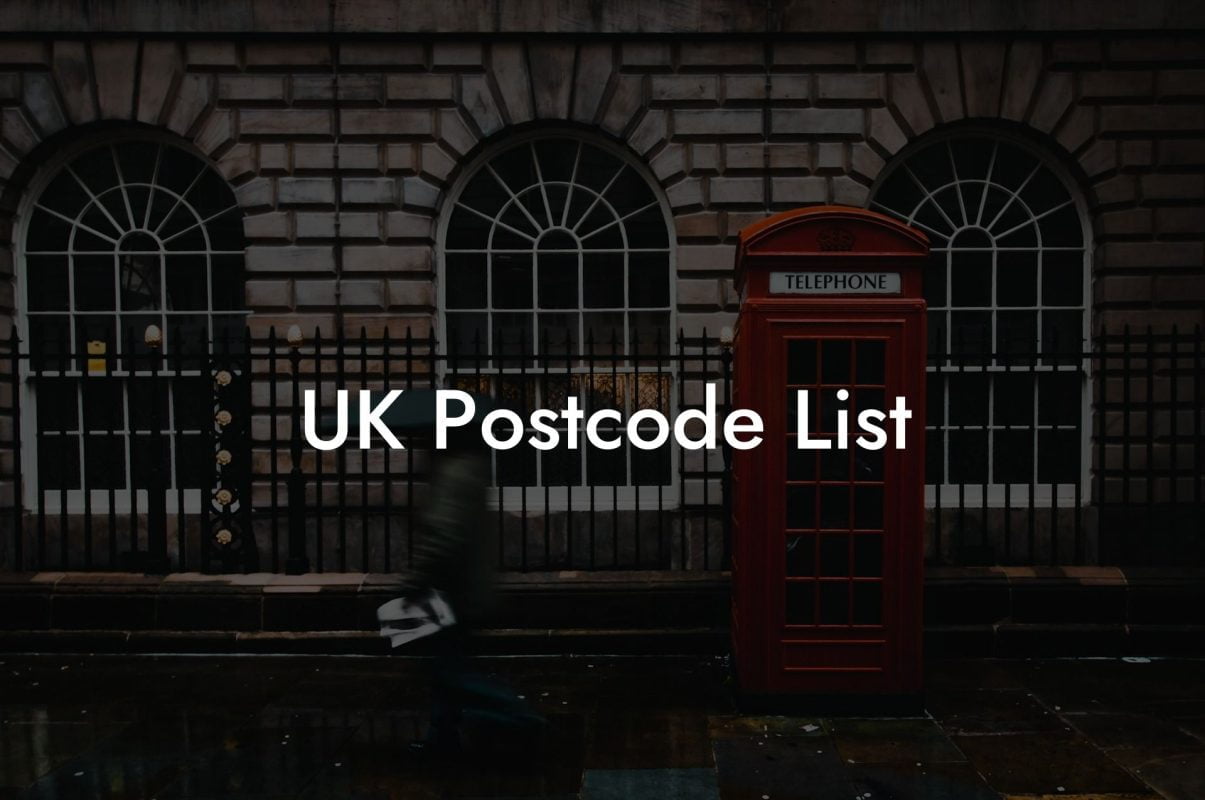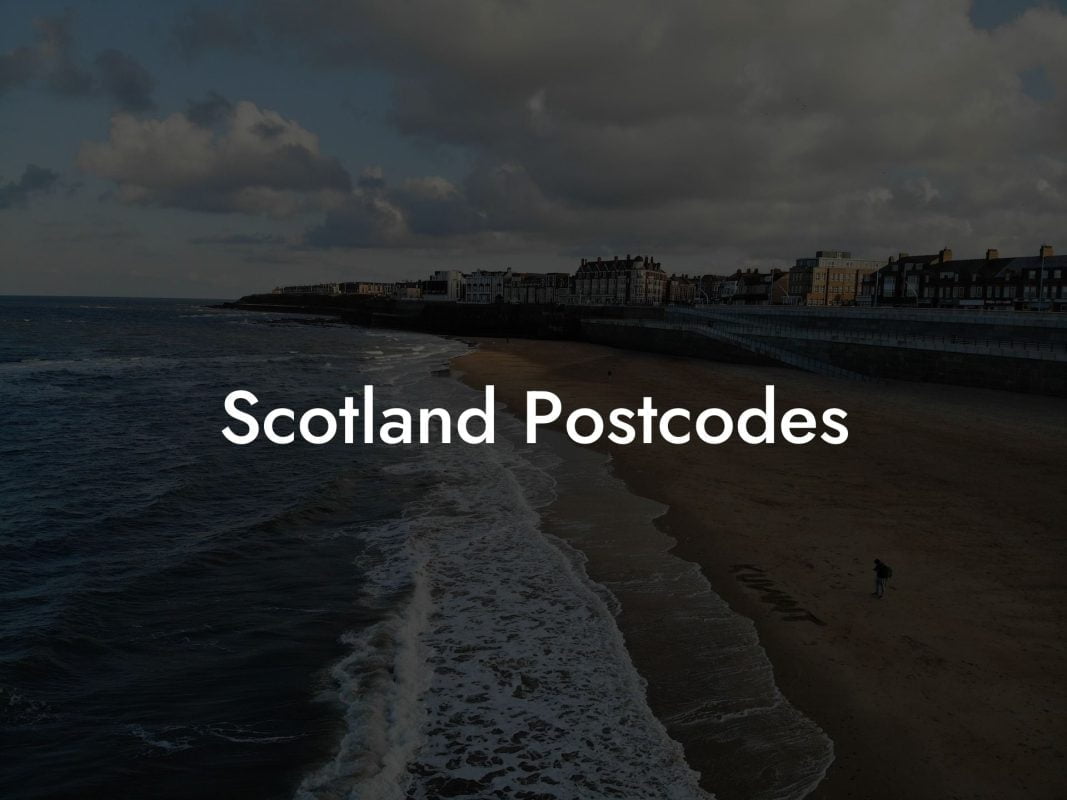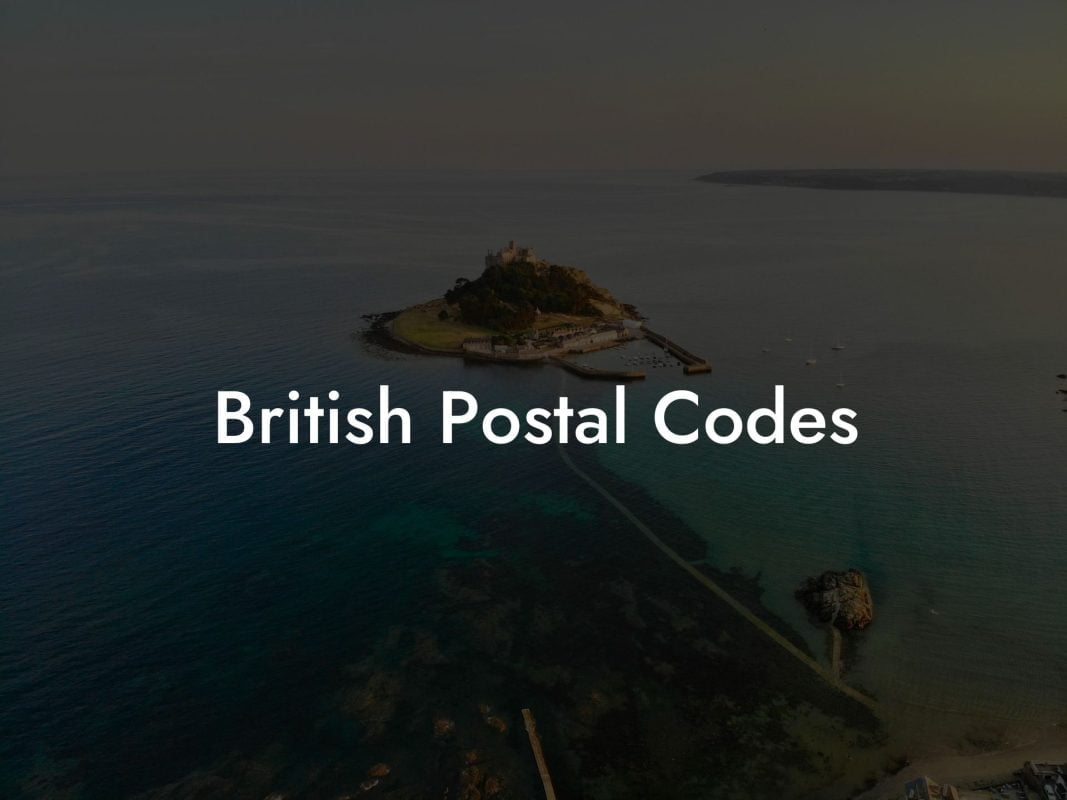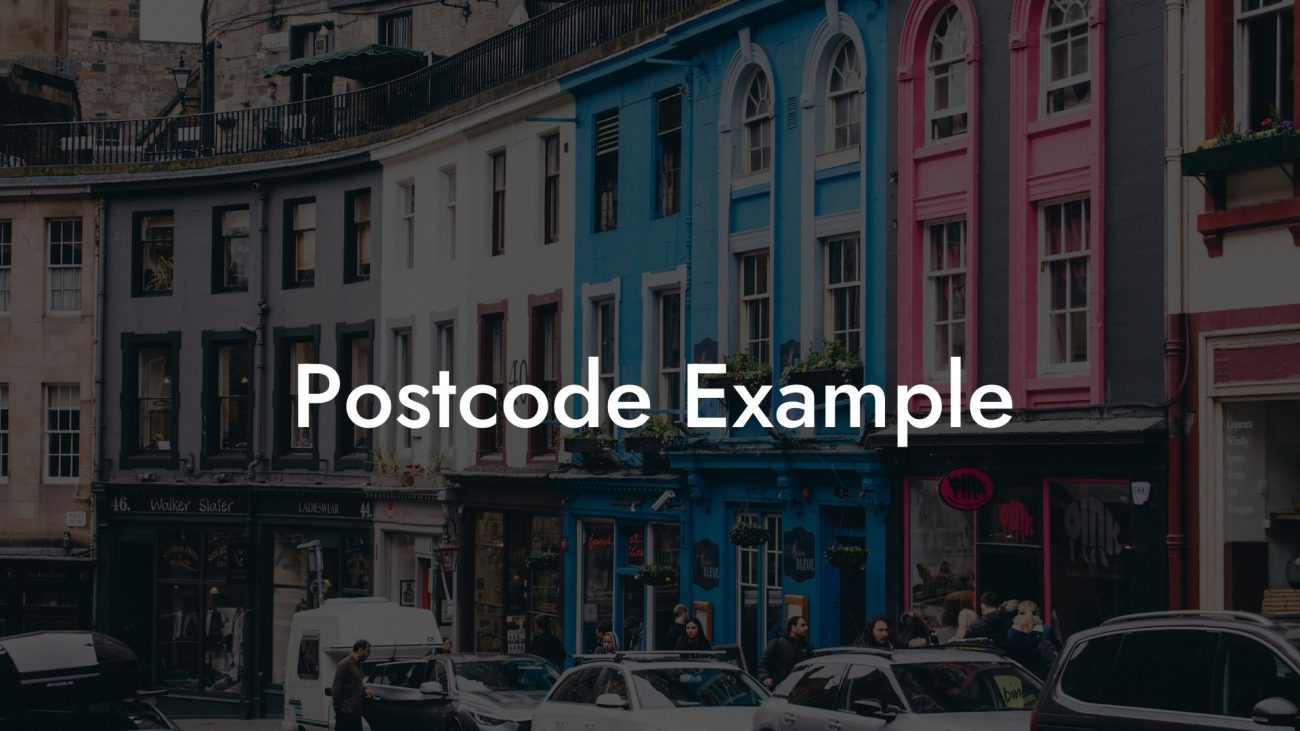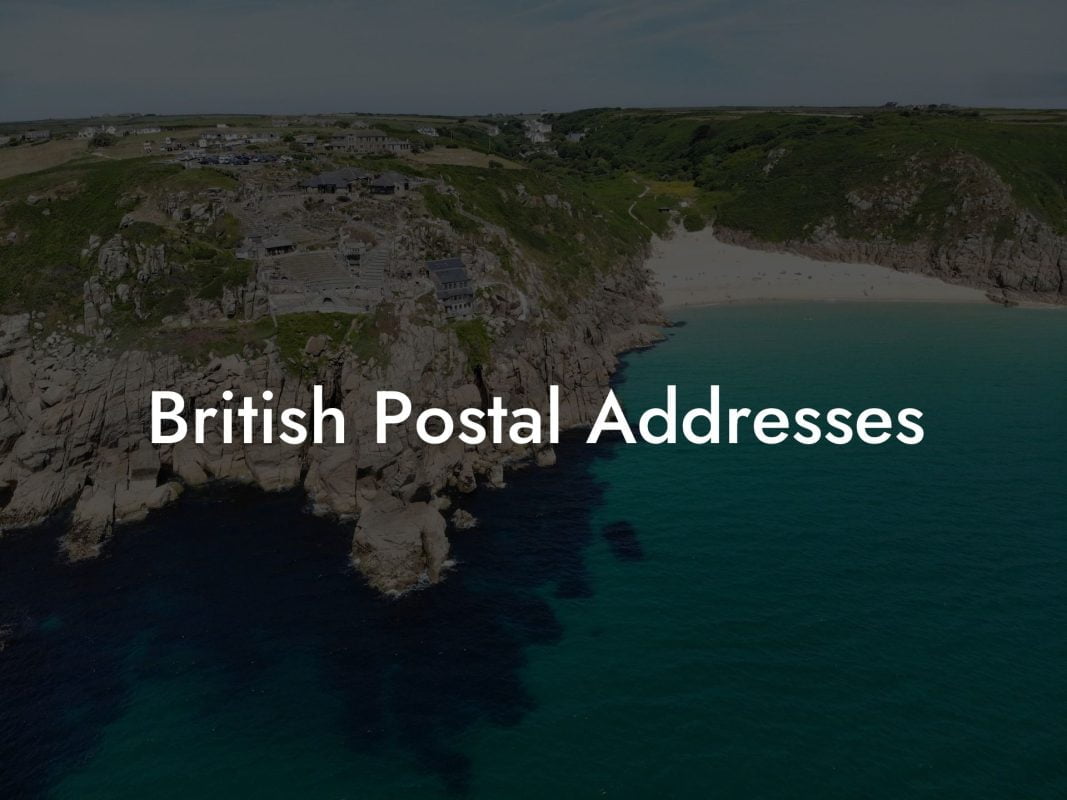The Diversity of UK Postcodes
In the United Kingdom, postcodes are not just a random string of letters and numbers; they are a sophisticated system of codes that categorize regions, cities, and even individual streets. This article explores the different types of postcodes in the UK, their structure, and their significance. With the UK Postcode Database, accessing and understanding these various types becomes effortless, enhancing your navigation, delivery, and planning processes.
Are you working on a Product, Service, App or Research Project that needs UK Postcode & location data? Get a free sample of our UK Postcode Database today. Find out more →
The Structure of UK Postcodes
The Basics
A typical UK postcode consists of two parts: the outward code and the inward code. The outward code includes the area and the district, while the inward code includes the sector and the unit. Together, they pinpoint precise locations, from broad areas to specific addresses.
Types of Postcodes
Geographic Postcodes
These are the most common types and represent specific geographic areas. They range from larger areas like cities or towns to smaller locales like streets or parts of streets.
Examples:
- Large Area: 'L' for Liverpool
- Specific Locale: 'EC1A 1BB', where 'EC1A' is the area and district, and '1BB' is the sector and unit.
Non-Geographic Postcodes
Used for businesses and organizations that receive large volumes of mail, these postcodes don't correspond to a geographic area but to individual entities.
Examples:
- Government Bodies and Agencies: Different departments may have unique postcodes.
- Large Corporations: May use a specific postcode for all their mail.
PO Box Postcodes
Specifically for PO Box addresses, these postcodes are assigned to individual post office boxes rather than physical streets or buildings.
Special Postcodes
Certain postcodes are reserved for special uses, like BF for British Forces Post Office addresses.
Understanding Outward and Inward Codes
Outward Code: Area and District
- Area: One or two letters representing the postal town or area.
- District: One or two numbers (sometimes with an additional letter) identifying a more specific area within the town.
Inward Code: Sector and Unit
- Sector: A single digit identifying a smaller geographic part within the district.
- Unit: Two letters that pinpoint the exact address or group of addresses.
The Importance of Different Postcode Types
Efficient Mail Delivery
Understanding the type of postcode ensures mail and packages are sorted and delivered as efficiently as possible.
Targeted Services and Marketing
Businesses and services can tailor their offerings and marketing strategies based on the specific postcode types of their target audience.
Planning and Analysis
For researchers and planners, different postcode types provide valuable insights into geographic, demographic, and economic patterns.
Challenges with Different Postcode Types
Keeping Data Current
With new developments and changes, keeping up-to-date with the latest postcodes is a constant challenge.
Addressing Errors and Confusion
Mistakes in using the wrong type of postcode can lead to misdeliveries and service delays. Understanding the distinctions is key.
Utilizing the UK Postcode Database
Comprehensive Coverage
Our UK Postcode Database provides detailed information on all types of UK postcodes, ensuring you have the data you need for any application.
Seamless Integration
Easily integrate our accurate and up-to-date postcode data into your systems, enhancing your services and operations.
Cost-Effective Solution
With a one-time payment, gain access to a wealth of information, free from the hassle of monthly fees or licensing complications.
Best Practices for Using Different Types of Postcodes
Regular Updates
Keep your database regularly updated to reflect the most current postcode information.
Verification and Validation
Always verify and validate addresses to ensure the correct type of postcode is used for each application.
User Education
Educate your users or customers on providing accurate postcode information to avoid errors and ensure efficient service.
Navigating Postcodes with UK Postcode Database
Understanding the different types of UK postcodes is essential for anyone looking to navigate, operate, or provide services efficiently across the country. From geographic to special postcodes, each type plays a vital role in the UK's addressing and delivery system.
With the UK Postcode Database, you gain a partner in precision, offering comprehensive, reliable postcode data for all types of applications. Choose us for your UK postcode needs and navigate the intricacies of the system with confidence and ease. Your journey to operational excellence and insightful analysis begins with the UK Postcode Database.
Frequently Asked Questions
What Are the Different Types of Postcodes?
There are several types of postcodes, each serving a specific purpose. Geographic postcodes correspond to physical locations. Alphanumeric postcodes contain both numbers and letters, offering a high number of unique combinations for densely populated areas. Non-geographic postcodes are used for PO Boxes, large organizations, or specialized services that don't tie to a specific location.
What Is a Geographic Postcode?
Geographic postcodes are sequences that are directly linked to a geographical area. They help in identifying a location for efficient mail sorting and delivery. In the UK, for example, 'SW1A 1AA' refers to a specific area in London.
How Do Alphanumeric Postcodes Differ?
Alphanumeric postcodes include both letters and numbers, which allows for a greater number of unique combinations. They are particularly useful in densely populated areas where a simple numeric system would not provide enough unique codes.
What Are Sector Postcodes?
Sector postcodes are part of the hierarchical structure of postcodes and typically refer to a smaller geographic segment within a district, allowing mail services to further narrow down the delivery area for precise sorting and routing.
Why Are There Different Types of Postcodes?
Different types of postcodes exist to cater to various postal needs and geographical complexities. They help postal services efficiently manage mail delivery in areas ranging from dense cities to rural regions, and also serve large organizations or special services.
Can One Address Have Multiple Types of Postcodes?
Usually, an address will have one primary postcode. However, large organizations or buildings with multiple occupants, like office buildings or shopping centers, might have different postcodes for each unit or department.
What Role Do Postcodes Play in Mail Delivery?
Postcodes are essential in mail delivery as they indicate the geographic area where the mail should be delivered. They help in quickly sorting mail at various stages of the delivery process, ensuring that each item reaches its intended destination efficiently.
How Are Postcodes Assigned to New Developments?
In the UK, Royal Mail assigns postcodes to new developments. The process involves liaising with local authorities and developers to understand the layout of the new development, followed by assigning postcodes that fit within the existing postcode structure.
Do Postcode Types Vary From Country to Country?
Yes, postcode formats and types vary significantly across countries. For instance, the U.S. uses ZIP codes, which are primarily numeric, while the UK's postcodes are alphanumeric, reflecting the needs and structures of their respective postal systems.
What's the Difference Between Zip Codes and Postcodes?
While both ZIP codes and postcodes serve to facilitate mail sorting and delivery, ZIP codes are used in the United States and are typically numeric, whereas postcodes are used in the UK and many other countries and can be alphanumeric.
Are Postcodes Unique to Each Address?
In most systems, postcodes are unique enough to identify individual buildings or small groups of addresses. This level of precision helps in directing mail to the correct location without ambiguity.
How Do Postcodes Support Emergency Services?
Emergency services use postcodes to quickly identify the location of incidents. Precise postcodes allow for rapid dispatch of services, which is critical in time-sensitive situations.
What Are the Geographic Elements of Postcodes?
Geographic elements typically include the postcode area (a broad region), district (a specific part within the area), sector (a division within a district), and unit (the most precise part, often pinpointing a small cluster of addresses or a single address).
How Often Are Postcode Systems Updated?
Postcode systems are regularly updated to accommodate new developments, changes in urban layouts, and other factors that necessitate the introduction of new codes or the alteration of existing ones. The frequency of updates can vary from country to country.
What Are Common Mistakes to Avoid When Using Postcodes?
Common mistakes include using outdated postcodes, incorrect formatting (like mixing up letters and numbers or omitting parts of the code), and typos. These errors can lead to delays or misdelivery of mail.
How Do Postcodes Impact Online Shopping and Deliveries?
For online shopping, accurate postcodes ensure that orders are delivered to the correct address promptly. Retailers and delivery services rely heavily on correct postcodes for route planning and efficient delivery schedules.
Can Individuals Request Changes to Their Postcodes?
Generally, individuals cannot request changes to their postcodes as they are determined by national postal authorities for consistency and efficiency in the mail delivery system. Exceptions might occur in cases of administrative changes or errors.
What Are the Legal Implications of Incorrect Postcode Usage?
Incorrect postcode usage can result in legal implications if it leads to misdelivery of sensitive documents, affects business operations, or hinders emergency services. It's crucial to use accurate and current postcodes to avoid such issues.
How Are Postcodes Used Beyond Mail Delivery?
Postcodes are used beyond mail delivery for various purposes including demographic analysis, planning emergency routes, targeting marketing campaigns, and enhancing services that require location data.
What's the Future of Postcodes in the Digital Age?
The future of postcodes likely includes greater integration with digital mapping and GPS technology, enhanced precision, and real-time updates to reflect the rapidly changing urban landscapes and delivery methods.
How Can I Find the Correct Postcode for an Address?
You can find the correct postcode using national postal service websites (like Royal Mail in the UK), various address lookup services, or through local postal offices and customer service.




